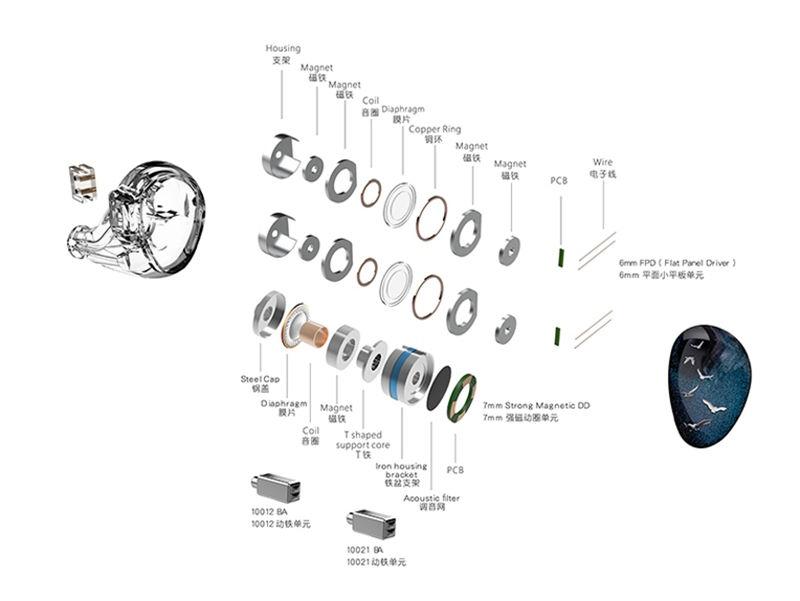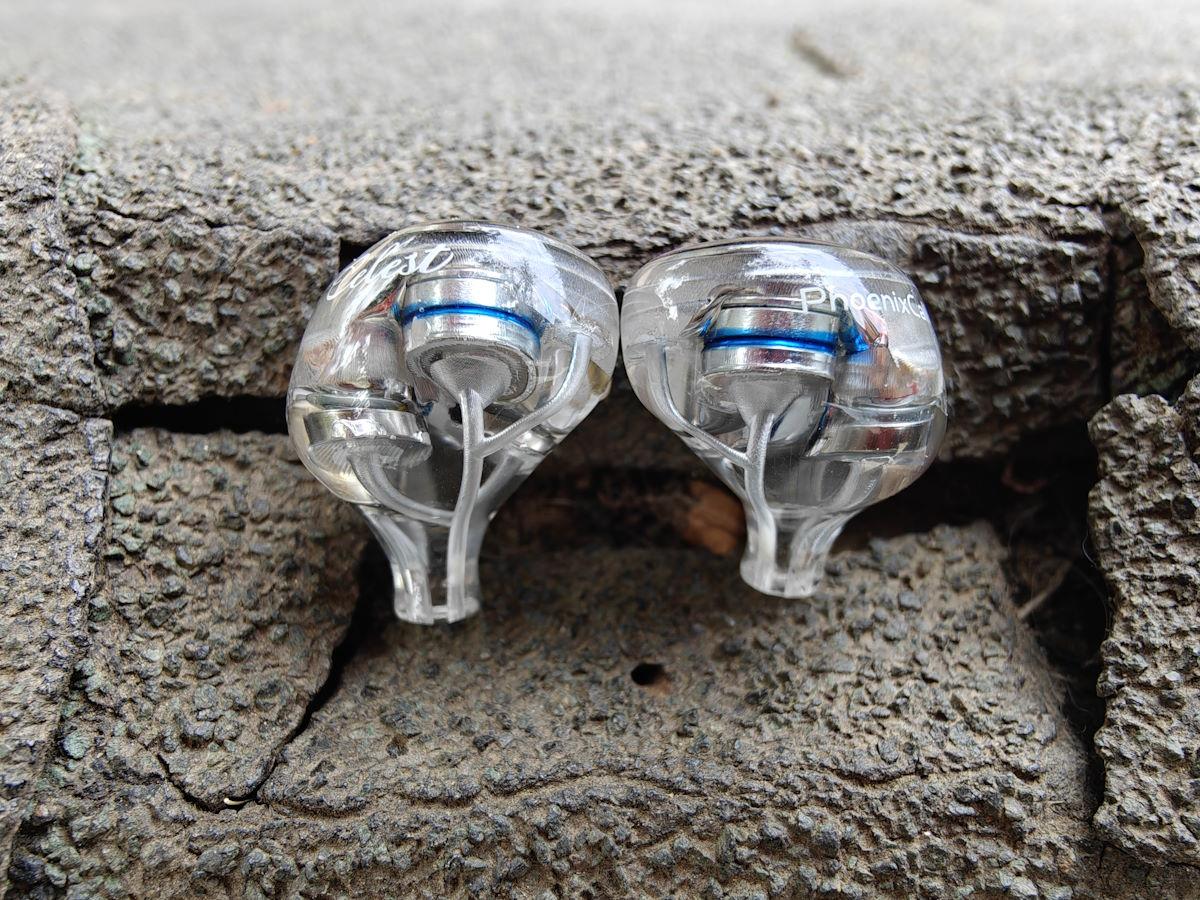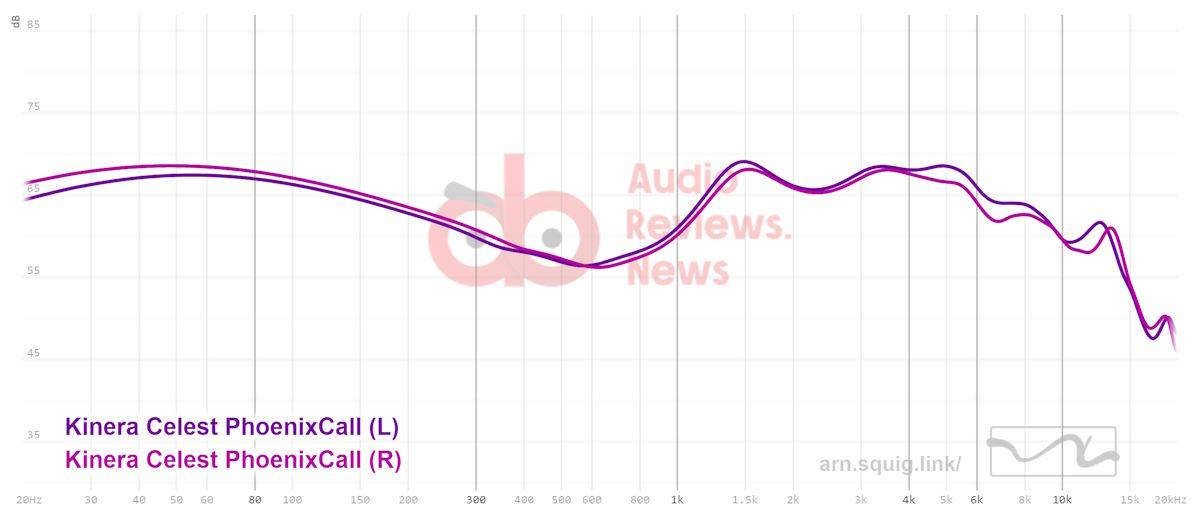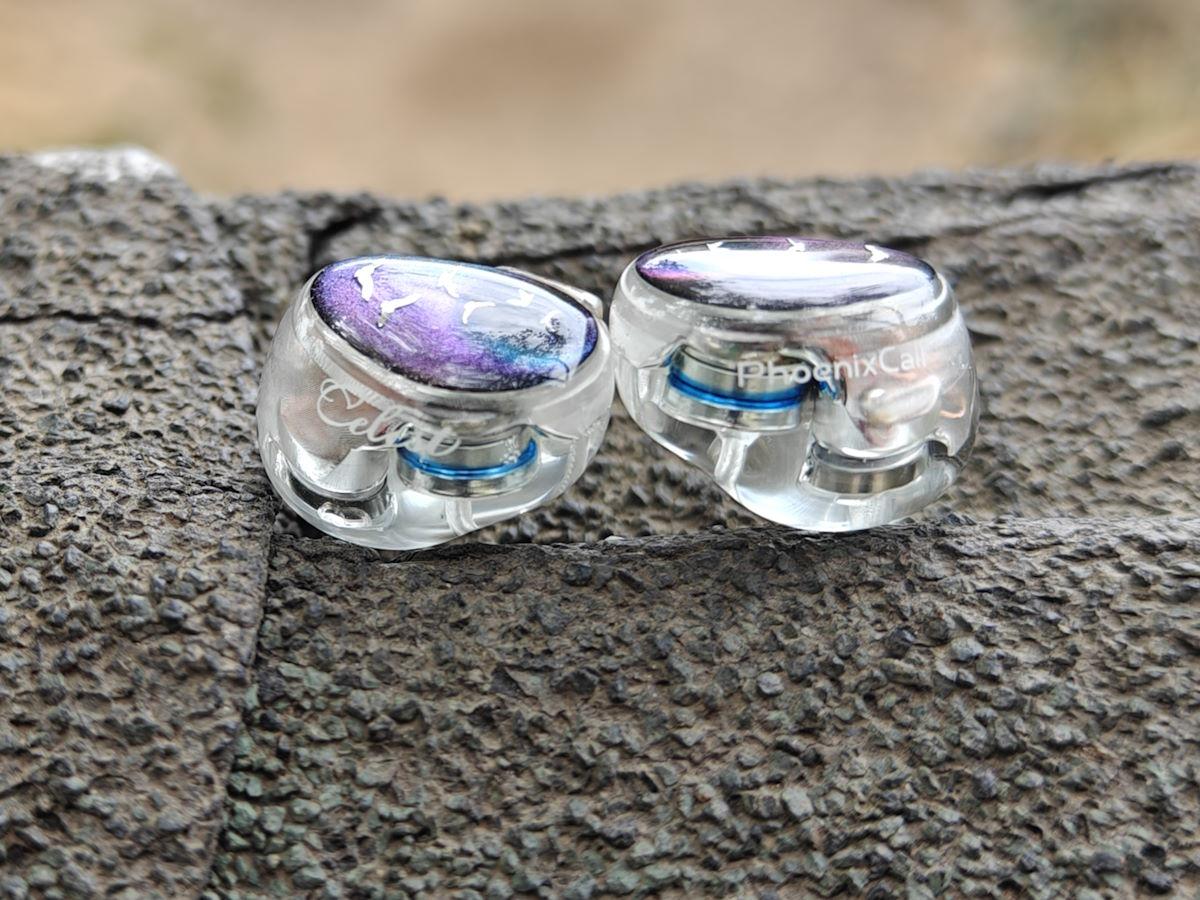Kinera Celest Phoenixcall Review – 1DD+2BA+2 Micro Planar Drivers
A hundred birds flock to Phoenixcall was a legendary scene inspired by the ancient Chinese myth “The Legends of Mountains and Seas”. Heaven and earth stood solemnly, day and night interchange, seasons reincarnate. Mountains, rivers, lakes, seas, winds, blizzards, rain and snow, a destined force lurks in the dark, calling for the families of divine birds, appearing out of nowhere together filling the skies, filling with birds singing, flocks and flocks of them throwing themselves into the deep forest, meeting each other, depicting a harmonic grand scene of a hundred of birds flocking back to their southern home.
This is how Kinera Celest explains where the model name came from, of their latest model Phoenixcall.
The new Kinera Celest Phoenixcall uses a 7mm dynamic driver for the low frequencies, a customized BA driver for the mid frequencies, another customized BA driver for the mid-high frequencies, and two Micro planar drivers (flat panel drivers) for the ultra-high frequencies. And all are connected to the nozzle with 4 separate sound tubes.
Kinera Celest Phoenixcall uses the phoenix pattern on the faceplates. The shells are 3D-printed with quality resin material. My review unit has a transparent shell design and looks fantastic I think. You can see all the drivers and sound tubes clearly which makes a unique look.
What’s in the box
Specs
- Acoustic Drivers:1DD+2BA+2 Micro Planar drivers(FPD)
- Interface: 0.78 2pin
- Sensitivity: 103db
- Wearing Type: In-Ear
- Frequency Response Range: 20Hz-40kHz
- Impedance: 32Ω
- Weight (earbuds+cable): 9.8g+30g ( ± 0.2g )
- Plug: 3.5mm / 4.4mm
- Cable length: 1.2m
- Price: $129 at HiFiGO, Aliexpress, Amazon.
Phoenixcall comes in two colors. The clear transparent color as my review unit and this two-tone color. The cable gets also a different color in two-tone red and blue.
Cable Specs
- Material: 5N copper silver plating
- Braiding: 8 core
- Diameter: 1.0mm/core
- Strands: 48 strands of 0.06mm
- Cable length: 1.2m
- Interface: 0.78mm 2Pin
- Plug: 3.5mm / 4.4mm
- Plug material: Pure Copper
- Metal parts: Aluminum alloy
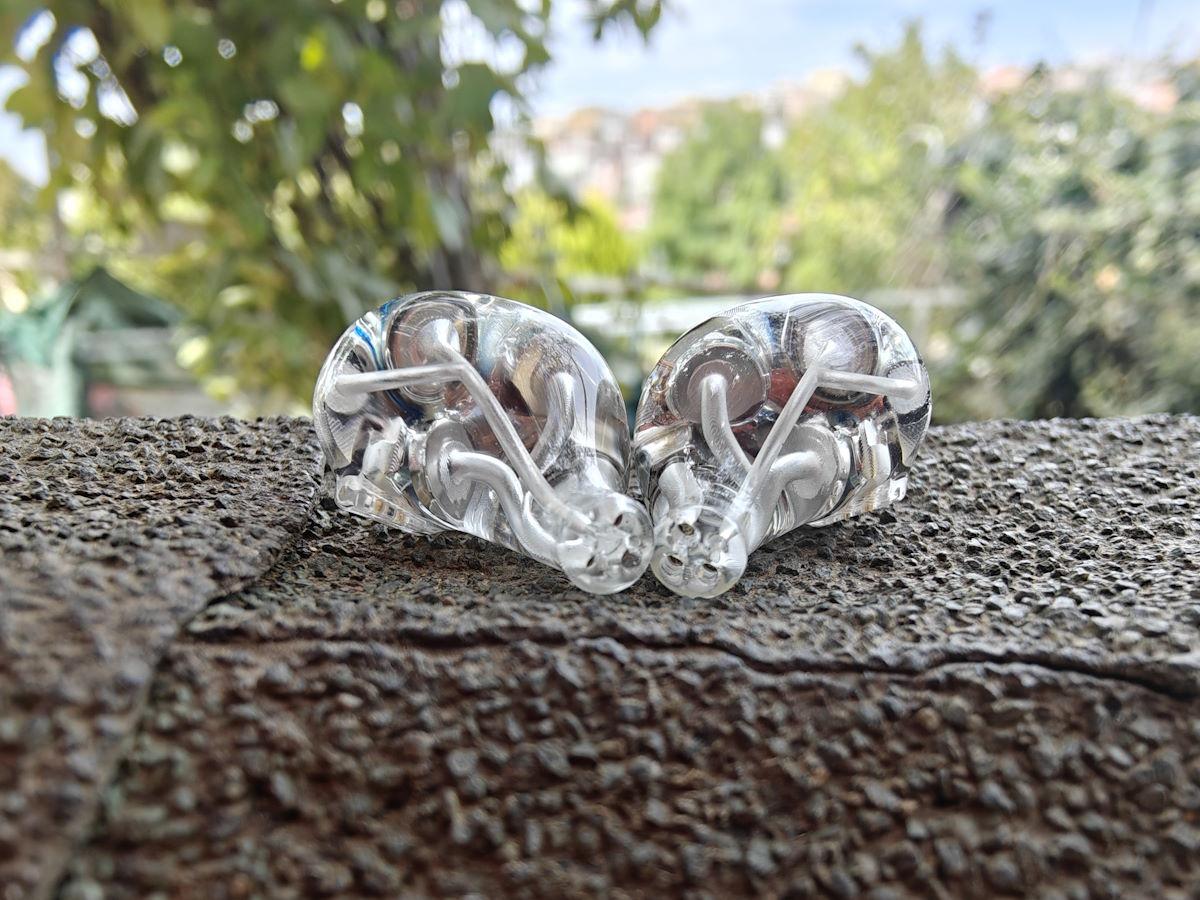
Sound
Firstly I need to say that this graph does not show how the Phoenixcall sounds. This probably has something to do with sound tube design, I’m not sure, but the IEM sounds much better as you see in the graph. For example, that kind of bass response in the graph may seem bloated and leaking into the lower mids. But in reality, it is not. Lows and mids are very well separated and synchronized.
Kinera Celest Phoenixcall presents characteristics of powerful bass, accurate midrange, and clean highs, resulting in an overall bright, transparent, and natural sound that is suitable for many genres.
Phoenixcall has an overall bright sound with deep and textured bass that is more gentle and relaxed. The midrange has a solid and natural sound, while the high frequencies are clear, bright, and clean. The soundstage is spacious and natural, with round and smooth vocals and strong resolution.
All the frequencies seem to be in balance including the high frequencies but they’re all a bit forward. I’m not complaining because it’s quite addictive and that fact is attributed to the quality of the sound output.
I used SMSL’s new AK4499EX-powered DO300EX DAC/AMP as a source connected to my PC.

Lows
The Phoenixcall has a luscious and accurate bass response that gives you both quality and quantity. It digs deep and has quite a nice punch when provoked. The overall speed of the driver is also top-notch.
The deep bass response has plenty of energy. The deep bass has a lot of presence it’s also most prominent below the midsection. So just imagine a solid bottom end and a relatively neutral midbass response. This produces an unbloated character with a solid bottom end.
Although the bass is punchy, hard-hitting, and deep-reaching, the Phoenixcall encourages you to look for tracks that demonstrate the quality over quantity aspect of bass which is where I would put them categorically far as bass production. Accurate bass over everything else is what they seem to aim for.
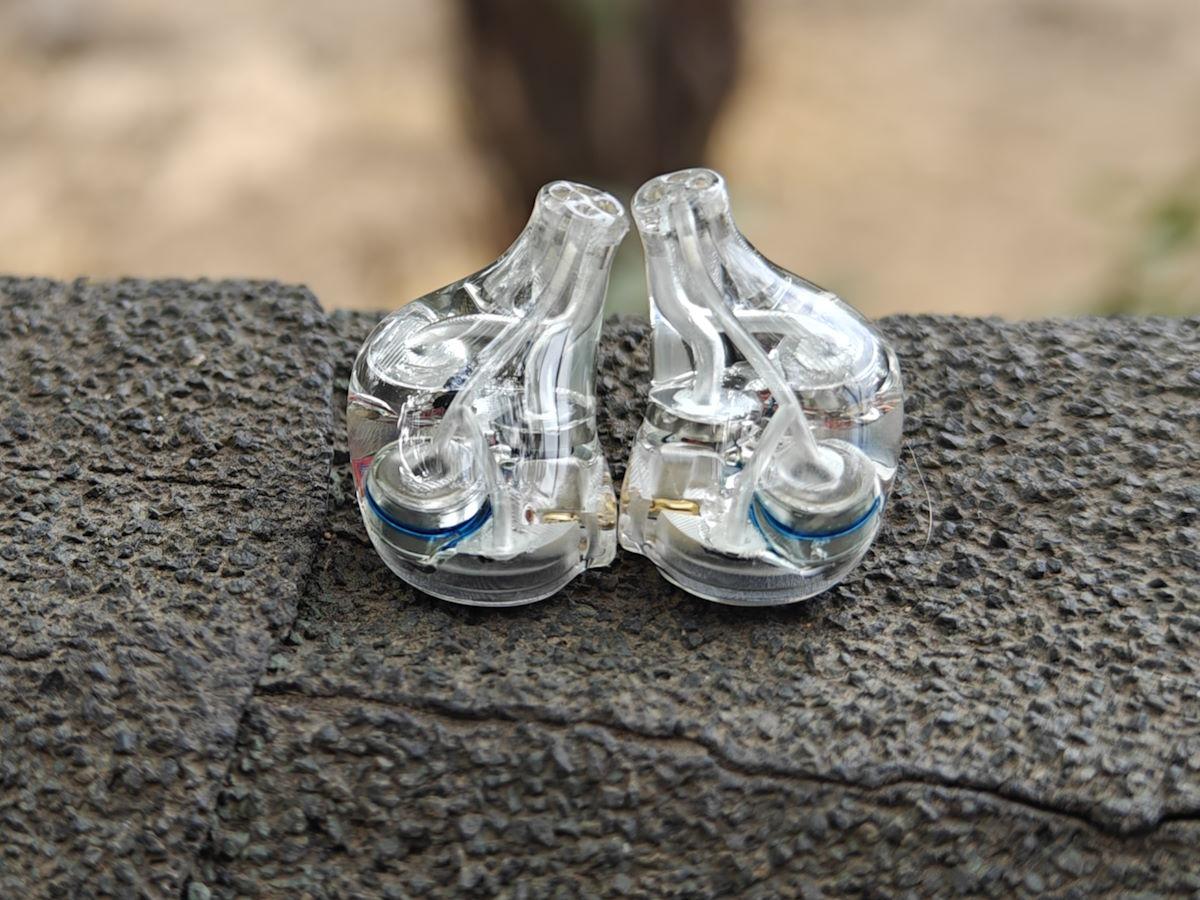
Mids
The vocal presentation is one of Phoenixcall’s highlights and the midrange just exudes detail. It’s a bit forward but buttery smooth, and soothing while simultaneously projecting an ample amount of presence. I always love forward mids so that’s a plus for me. The forwardness doesn’t seem to bring forth a shouty character and just comes at you in a rather unveiled form.
I would categorize the midrange as intimate especially when it comes to vocals and wind instruments and one could say there’s an introverted characteristic to it. They seem close-up and personal, a musical hug.
A true tone character emerges with instruments like Piano which are hard to reproduce properly. Each note is distinct and that characteristic also applies to vocal choruses in which you can distinctly pick out each participant on the line.
Treble
The treble response could well be some of the best highs I’ve heard in this price range. There is a slight forwardness to them, once again, but their definition is sharp, crisp, and very well-defined.
The Phoenixcall highs are produced with a meaty character that gives each note weight and a real-life presence, and detail.
The treble response is sweet and precise. There’s a good sense of realistic drumsticks, tapping snares, and top hat production. The high frequencies have a good ability to project fast, coherent, and speedy highs that never get harsh or stray into sibilance but are not shy to project sound.
Tonality overall is what I call truetone where there’s plenty of realism perceived especially with vocals, wind instruments, and other sounds that run within the midrange bands. The high frequencies follow suit with plenty of coherent presence and a very realistic timbre.
Technicalities
The Kinera Celest Phoenixcall has plenty of attack and energy behind its sweet-sounding and energetic signature. Snares sound peppy and bass drums give off a good wallop. The best part of drum tracks on the Svanar, for example, is that you can sense where those drumsticks are at. This is a very technically capable IEM.
There seems to be plenty of precision within the soundstage but I wouldn’t consider the general characteristic as very wide and more introverted with a realistically sized soundstage that can project anywhere in a 4-dimensional sense that covers the front, back, sides, and height.
The overall stage size is not very wide and large but a realistic one that lets you pick out and make sense of every sound within a recording.
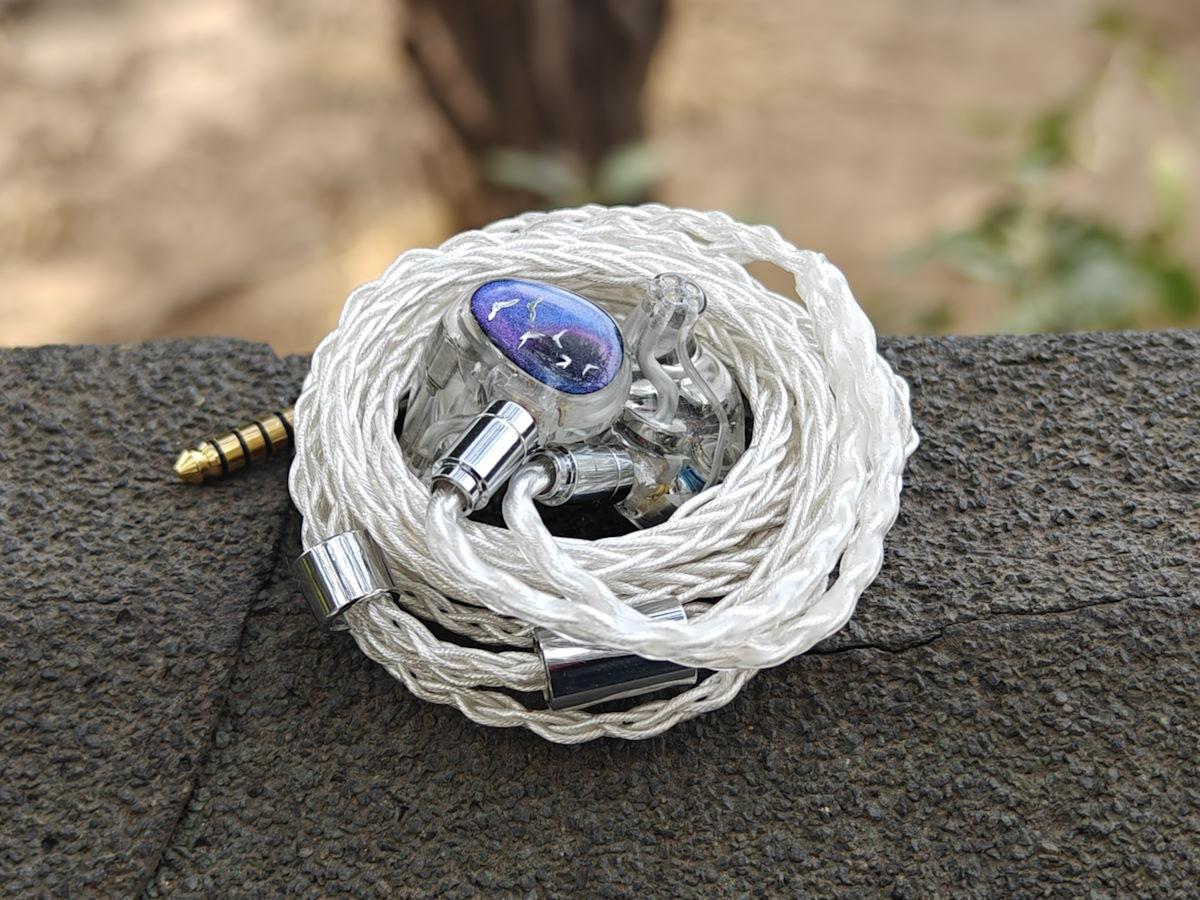
Sum-Up
I have a love-and-hate relationship with the Kinera Celest Phoenixcall because since I got them I haven’t been able to take them off. Their overall sound is addictive, intimate, and inviting, and it will be a hard task if you embark on a search for a better-sounding IEM in this price range. Even if you double the price Phoenixcall can still compete. Oh, and the transparent shell design, one of the best-looking IEMs of all time, well at least for me.




